Design Thinking Phase 3 - Prototyping
Design Thinking Phase 3 - Prototyping
Design Thinking Phase 3 - Prototyping
Sunny Haladker
Co-founder
Co-founder
5 Min ago
5 Min ago
12 Aug 2024
12 Aug 2024
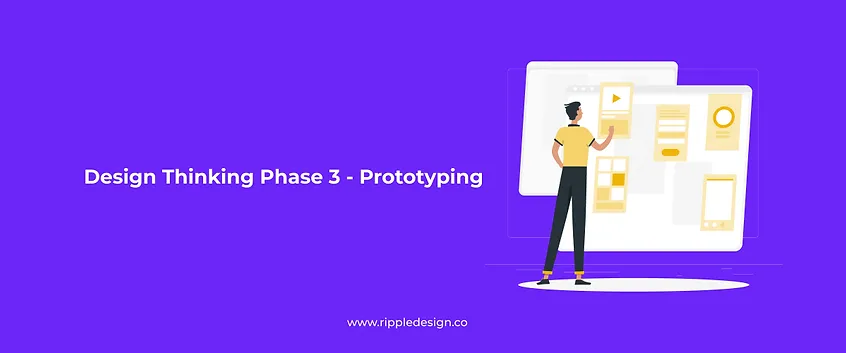



Design thinking is a human centered, non linear iterative process that helps us understand our users or customers needs better, and create a strong product or service. The steps followed in the process are usually divided into 5 stages - Empathy - Define - Ideate - Prototype - Test. In the empathy stage we empathize with our customer or user to truly understand what they are trying to solve, by collecting data and feedback. We then move on to the define stage where we dig into the root of the problem and figure out what the true problem statement is. Ideation is the most innovative part of the process followed by prototyping.
What is prototyping?
In the prototyping stage of design thinking, we try to explore the problem we have identified and ideated on. We create a sample to test a concept or a process to evaluate the accuracy of the assumptions made in the design process. It is a tangible, visual representation of the solutions discussed during the design process that takes everything into consideration.
This allows the design team to see everything visually in a simple mock up and allows us to test it with users in real time and evaluate every aspect of the concept or solution. Looking at the mock up always inspires and turns on the neuron centers to get more ideas flowing. It is the step between formalization and evolution of an idea.
It also helps the designers to check if the concept or process is meeting the needs and creating the feelings in humans that it is being designed for. The designs can fail in this stage and could need iterations for which the designers will have to revisit the previous steps and collect more data and ideate further.
Why do we make prototypes?
Prototypes are made to check and test the concept we have arrived at. The best designs are made by keeping humans in mind - human centered design. It’s the only way the product or solution can be tested and the most cost effective way without making the final product or solution. Making the final product costs a lot of time and money and it is important to be sure that it’s the required product before producing it. In a scaled down version, every aspect of the solution can be tested and fixed if required.
“They slow us down to speed us up. By taking the time to prototype our ideas, we avoid costly mistakes such as becoming too complex too early and sticking with a weak idea for too long.” – Tim Brown
Tips for prototyping
Don’t put too much thought into the product. You have to start building simple prototypes and testing it without spending too much energy on it. Don't spend too much time making your prototype. The best prototypes are the quickest and easiest to collect data from. Always build with the use in mind and remember who you are building for. Human centered design is the key for your product to succeed.
Types of prototypes
Paper Prototypes
These are used for making prototypes of websites, mobile applications, comics, news paper ads etc
Animatics
While creating animations or motion graphics, we need to test that the story that we are trying to tell is effective.
Comps
Comps or Comprehensive are most commonly used for printed matter and brochures to check the final matter look like.
Low Fidelity
Especially while making digital products, a lot of times we take low fidelity paper prototypes to check the flow and test those with users.
High Fidelity
Once the low fidelity prototypes are confirmed, it is often translated to a high fidelity prototype and tested until it is approved to develop the back end code.
Wireframes
A wireframe is very similar to the blueprint of a building, but instead for a digital product. The goal of a wireframe is to design the basic skeleton of each screen to review the overall layout of the design and it’s experience.
Walkthroughs
Walkthroughs are usually made for service based designs while creating a new service or a process.
Maquettes
Maquettes are created while trying to re create a point of purchase design.
Sketches and diagrams
Sketches and diagrams are a great way to create a low fidelity prototype. They don’t even have to be clean but you can draw and layout over all touch points of the solution to get a holistic idea of the flow and see if it works.
Paper interfaces
Paper interfaces are one step above the sketches or diagrams, they move from one page to another for 3 dimensional solutions that are harder to lay out on a flat paper.
Storyboards
Storyboards were designed by filmmakers to run people through the whole story trying to be depicted in a simpler medium to gauge the audiences reactions and make necessary changes that need to be made.
Role Playing
Role playing is done by reenacting scenes and situations that need to be improved while noting the pain points and positives while enacting it. Props, audio and other simulations can be used to recreate realistic situations.
In conclusion
Making Prototypes is a very effective way to test ideas and solutions in the design thinking process. It helps you to collect feedback and data to check if the possible solution is the best solution. It also helps us ensure it is a human centered design, which is very important in the design thinking process. We can make many types of prototypes depending on what we are trying to test. Most commonly they are divided into low fidelity and high fidelity prototypes, where high fidelity concepts are closer to the real solution. It helps save a lot of time and money in the end!
Design thinking is a human centered, non linear iterative process that helps us understand our users or customers needs better, and create a strong product or service. The steps followed in the process are usually divided into 5 stages - Empathy - Define - Ideate - Prototype - Test. In the empathy stage we empathize with our customer or user to truly understand what they are trying to solve, by collecting data and feedback. We then move on to the define stage where we dig into the root of the problem and figure out what the true problem statement is. Ideation is the most innovative part of the process followed by prototyping.
What is prototyping?
In the prototyping stage of design thinking, we try to explore the problem we have identified and ideated on. We create a sample to test a concept or a process to evaluate the accuracy of the assumptions made in the design process. It is a tangible, visual representation of the solutions discussed during the design process that takes everything into consideration.
This allows the design team to see everything visually in a simple mock up and allows us to test it with users in real time and evaluate every aspect of the concept or solution. Looking at the mock up always inspires and turns on the neuron centers to get more ideas flowing. It is the step between formalization and evolution of an idea.
It also helps the designers to check if the concept or process is meeting the needs and creating the feelings in humans that it is being designed for. The designs can fail in this stage and could need iterations for which the designers will have to revisit the previous steps and collect more data and ideate further.
Why do we make prototypes?
Prototypes are made to check and test the concept we have arrived at. The best designs are made by keeping humans in mind - human centered design. It’s the only way the product or solution can be tested and the most cost effective way without making the final product or solution. Making the final product costs a lot of time and money and it is important to be sure that it’s the required product before producing it. In a scaled down version, every aspect of the solution can be tested and fixed if required.
“They slow us down to speed us up. By taking the time to prototype our ideas, we avoid costly mistakes such as becoming too complex too early and sticking with a weak idea for too long.” – Tim Brown
Tips for prototyping
Don’t put too much thought into the product. You have to start building simple prototypes and testing it without spending too much energy on it. Don't spend too much time making your prototype. The best prototypes are the quickest and easiest to collect data from. Always build with the use in mind and remember who you are building for. Human centered design is the key for your product to succeed.
Types of prototypes
Paper Prototypes
These are used for making prototypes of websites, mobile applications, comics, news paper ads etc
Animatics
While creating animations or motion graphics, we need to test that the story that we are trying to tell is effective.
Comps
Comps or Comprehensive are most commonly used for printed matter and brochures to check the final matter look like.
Low Fidelity
Especially while making digital products, a lot of times we take low fidelity paper prototypes to check the flow and test those with users.
High Fidelity
Once the low fidelity prototypes are confirmed, it is often translated to a high fidelity prototype and tested until it is approved to develop the back end code.
Wireframes
A wireframe is very similar to the blueprint of a building, but instead for a digital product. The goal of a wireframe is to design the basic skeleton of each screen to review the overall layout of the design and it’s experience.
Walkthroughs
Walkthroughs are usually made for service based designs while creating a new service or a process.
Maquettes
Maquettes are created while trying to re create a point of purchase design.
Sketches and diagrams
Sketches and diagrams are a great way to create a low fidelity prototype. They don’t even have to be clean but you can draw and layout over all touch points of the solution to get a holistic idea of the flow and see if it works.
Paper interfaces
Paper interfaces are one step above the sketches or diagrams, they move from one page to another for 3 dimensional solutions that are harder to lay out on a flat paper.
Storyboards
Storyboards were designed by filmmakers to run people through the whole story trying to be depicted in a simpler medium to gauge the audiences reactions and make necessary changes that need to be made.
Role Playing
Role playing is done by reenacting scenes and situations that need to be improved while noting the pain points and positives while enacting it. Props, audio and other simulations can be used to recreate realistic situations.
In conclusion
Making Prototypes is a very effective way to test ideas and solutions in the design thinking process. It helps you to collect feedback and data to check if the possible solution is the best solution. It also helps us ensure it is a human centered design, which is very important in the design thinking process. We can make many types of prototypes depending on what we are trying to test. Most commonly they are divided into low fidelity and high fidelity prototypes, where high fidelity concepts are closer to the real solution. It helps save a lot of time and money in the end!


More Blogs
More Blogs
More Blogs
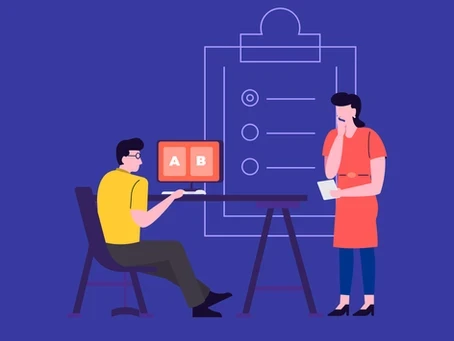
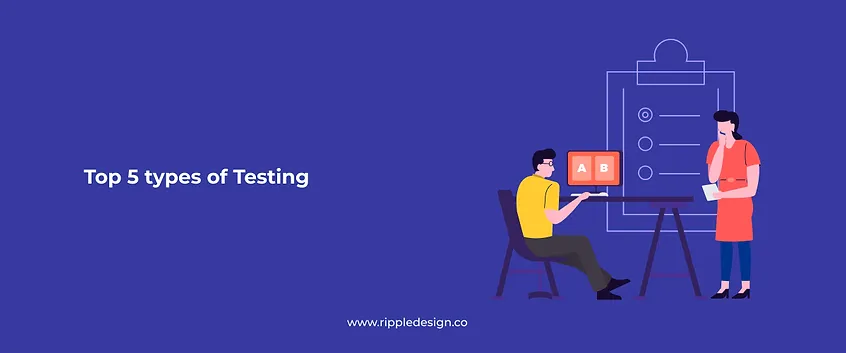
12 Aug 2024
•
5 Min ago
Top 5 types of testing
What are some of the most common user testing methods used in Design Thinking? So what methods can you use to test your prototypes?
Sunny Haladker
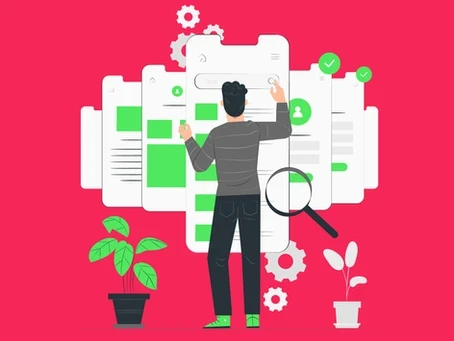
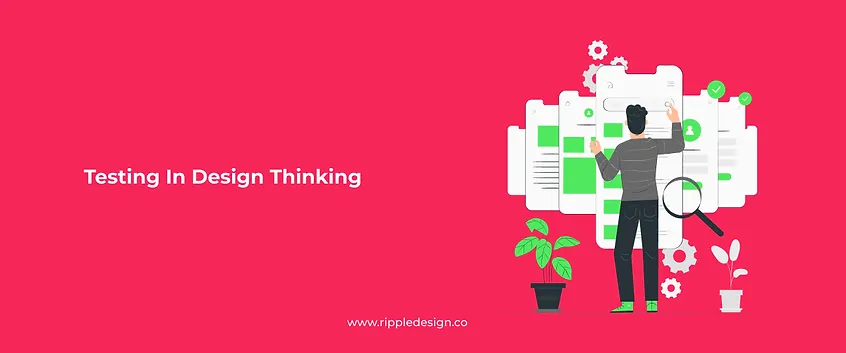
12 Aug 2024
•
5 Min ago
Testing in Design Thinking
The five stages of Design Thinking — Empathize, Define, Ideate, Prototype and Test — are not meant to be sequential steps to be taken as...
Sunny Haladker
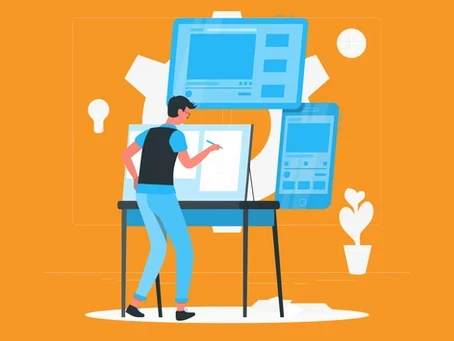
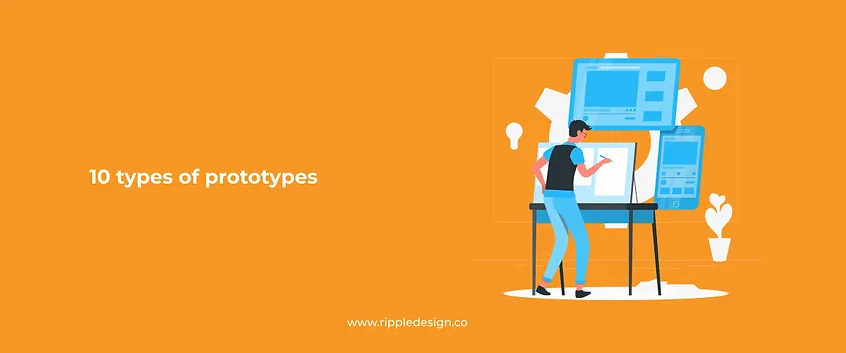
12 Aug 2024
•
5 Min ago
10 types of prototypes
In the prototyping stage of design thinking, we try to explore the problem we have identified and ideated on. We create a sample to test...
Sunny Haladker


12 Aug 2024
•
5 Min ago
Top 5 types of testing
What are some of the most common user testing methods used in Design Thinking? So what methods can you use to test your prototypes?
Sunny Haladker


12 Aug 2024
•
5 Min ago
Testing in Design Thinking
The five stages of Design Thinking — Empathize, Define, Ideate, Prototype and Test — are not meant to be sequential steps to be taken as...
Sunny Haladker


12 Aug 2024
•
5 Min ago
10 types of prototypes
In the prototyping stage of design thinking, we try to explore the problem we have identified and ideated on. We create a sample to test...
Sunny Haladker




12 Aug 2024
•
5 Min ago
Top 5 types of testing
Top 5 types of testing
What are some of the most common user testing methods used in Design Thinking? So what methods can you use to test your prototypes?
Sunny Haladker




12 Aug 2024
•
5 Min ago
Testing in Design Thinking
Testing in Design Thinking
The five stages of Design Thinking — Empathize, Define, Ideate, Prototype and Test — are not meant to be sequential steps to be taken as...
Sunny Haladker




12 Aug 2024
•
5 Min ago
10 types of prototypes
10 types of prototypes
In the prototyping stage of design thinking, we try to explore the problem we have identified and ideated on. We create a sample to test...
Sunny Haladker


12 Aug 2024
•
5 Min ago
Top 5 types of testing
What are some of the most common user testing methods used in Design Thinking? So what methods can you use to test your prototypes?
Sunny Haladker


12 Aug 2024
•
5 Min ago
Testing in Design Thinking
The five stages of Design Thinking — Empathize, Define, Ideate, Prototype and Test — are not meant to be sequential steps to be taken as...
Sunny Haladker


12 Aug 2024
•
5 Min ago
10 types of prototypes
In the prototyping stage of design thinking, we try to explore the problem we have identified and ideated on. We create a sample to test...
Sunny Haladker
More Blogs




12 Aug 2024
•
5 Min ago
Top 5 types of testing
What are some of the most common user testing methods used in Design Thinking? So what methods can you use to test your prototypes?
Sunny Haladker




12 Aug 2024
•
5 Min ago
Testing in Design Thinking
The five stages of Design Thinking — Empathize, Define, Ideate, Prototype and Test — are not meant to be sequential steps to be taken as...
Sunny Haladker




12 Aug 2024
•
5 Min ago
10 types of prototypes
In the prototyping stage of design thinking, we try to explore the problem we have identified and ideated on. We create a sample to test...
Sunny Haladker